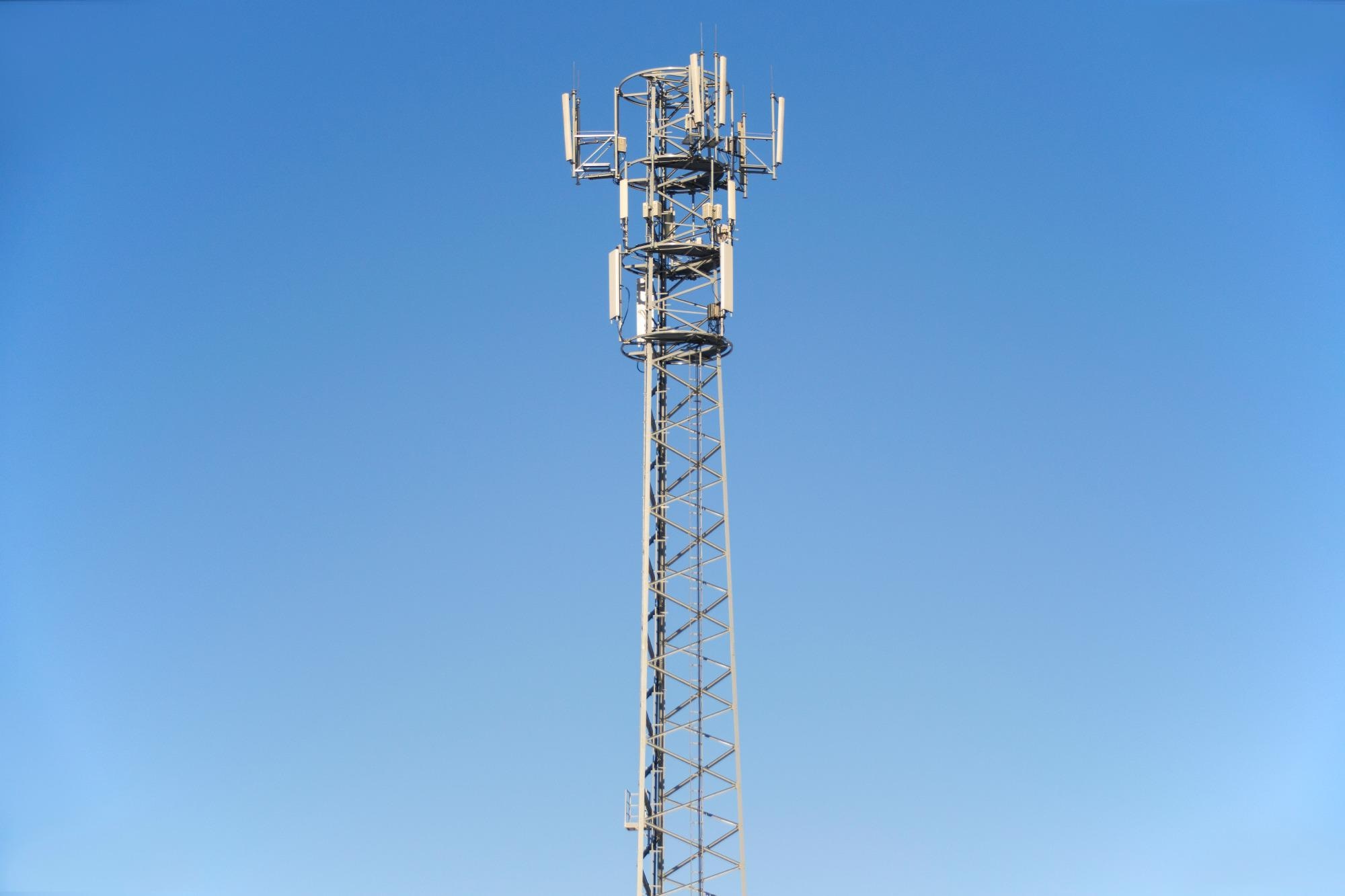A new scheme has been developed by scientists with the help of machine learning to optimize both the energy consumption and traffic prediction accuracy of cellular networks.
 A Base station in a cellular network. Base stations (BSs) are the hubs for local cellular networks. Recently, researchers from Japan have proposed a novel scheme based on machine learning to reduce energy consumption in BSs while maintaining high traffic prediction accuracy. Image Credit: PhotoMIX Company from Pexels.
A Base station in a cellular network. Base stations (BSs) are the hubs for local cellular networks. Recently, researchers from Japan have proposed a novel scheme based on machine learning to reduce energy consumption in BSs while maintaining high traffic prediction accuracy. Image Credit: PhotoMIX Company from Pexels.
Cellular networks are considered to be the foundation of smart cities; however, they tend to use a lot of energy, resulting in increased global warming. Putting base stations (BSs) with low traffic to sleep helps save energy but also decreases traffic prediction accuracy.
In a new study, Japanese scientists have addressed this trade-off using the machine learning method to switch off BSs depending on their grant to prediction accuracy. The new scheme decreases power consumption and illustrates a prediction accuracy top-ranking to benchmark schemes.
The idea of smart cities has been concentrated on advanced cellular networks that would not only link humans in the future but also humans to other smart devices. But this would also need enormous energy consumption. As a result of climate change, this can make matters poor for the environment by enhancing greenhouse gas emissions. Therefore, we not only need smart cities but also greener smart cities.
One method by which this problem could be addressed is by switching off base stations (BSs), radio transmitters or receivers that act as the hub of the local wireless network when there is little to no traffic load.
Laboratory testing has illustrated that active BSs use up as much as 60% of the maximum energy consumption even under no traffic load and switching them off can reduce it to 40%. But there is a trade-off: putting BSs to sleep makes their traffic logs unapproachable. This also decreases the precision of traffic prediction. There is a question to know if there is a way to avoid this compromise between precision and sustainability.
The answer, as per the new study, appears to be “yes.” The study was headed by Professor Ryoichi Shinkuma from Shibaura Institute of Technology (SIT), Japan, and his collaborators, Associate Professor Kaoru Ota from Muroran Institute of Technology, Japan, and Associate Professor Takehiro Sato from Kyoto University, Japan.
This study suggested a novel scheme that not only decreased energy consumption but demonstrated greater traffic prediction accuracy than the benchmark schemes. This paper was reported in Volume 35, Issue 6 of the journal IEEE Network Magazine on November/December 2021.
We applied software defined network (SDN) and edge computing to a cellular network such that each BS is equipped with an SDN switch, and an SDN controller can turn off any BS according to the traffic prediction results. An edge server collects the traffic logs through the SDN switches and predicts traffic volume using machine learning (ML).
Ryoichi Shinkuma, Professor, Shibaura Institute of Technology
The ML technique utilized by the scientists decided which BSs could be put into so-called “sleep mode” based on the significance of their traffic logs in enhancing the prediction accuracy. Therefore, BSs with the low contribution to the precision for early time slots were put to sleep at the next slot to save energy.
For their scheme to be validated, the scientists utilized real-world mobile traffic data gathered for more than two months and compared its performance against that of two benchmark schemes. To their surprise, the new scheme exceeded the benchmark schemes in its robustness against decreasing the number of active BSs and varying BS sets.
Professor Shinkuma feels positive about this study being a harbinger of greener cellular networks and smart cities.
By intelligently controlling the operation of BSs, renewable energy sources could be used to power future networks and, depending on the availability of renewable energy resource, the sleep schedules of the BSs can be determined.
Ryoichi Shinkuma, Professor, Shibaura Institute of Technology
It is just a matter of time to see if machine learning helps smart cities go green.
Journal Reference:
Shinkuma, R., et al. (2021) Smarter Base Station Sleeping for Greener Cellular Networks. IEEE Network Magazine. doi.org/10.1109/MNET.110.2100224